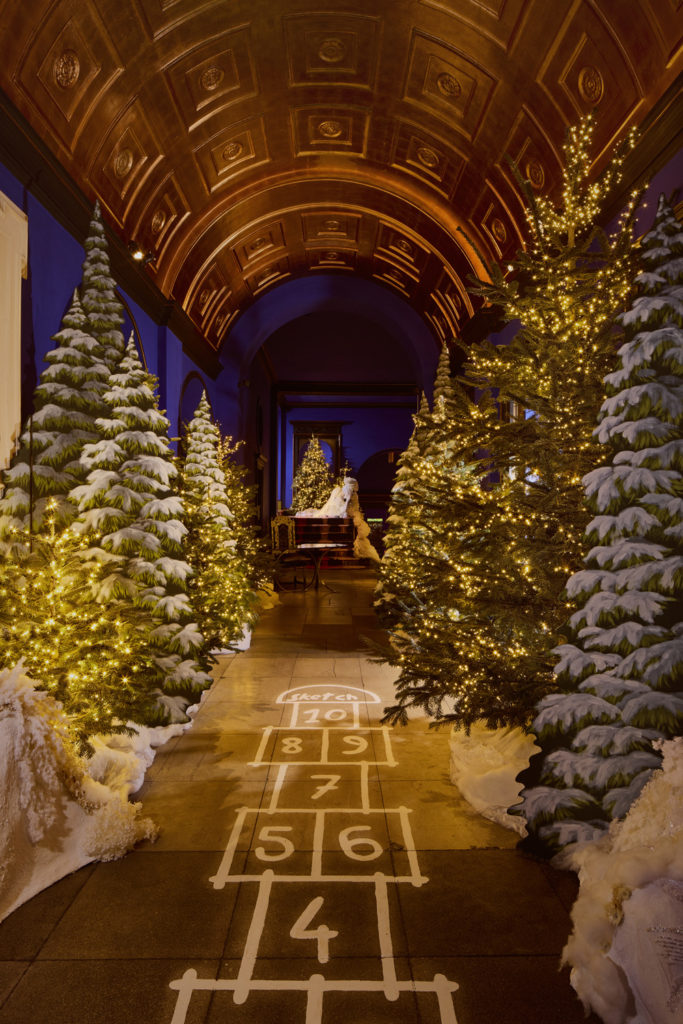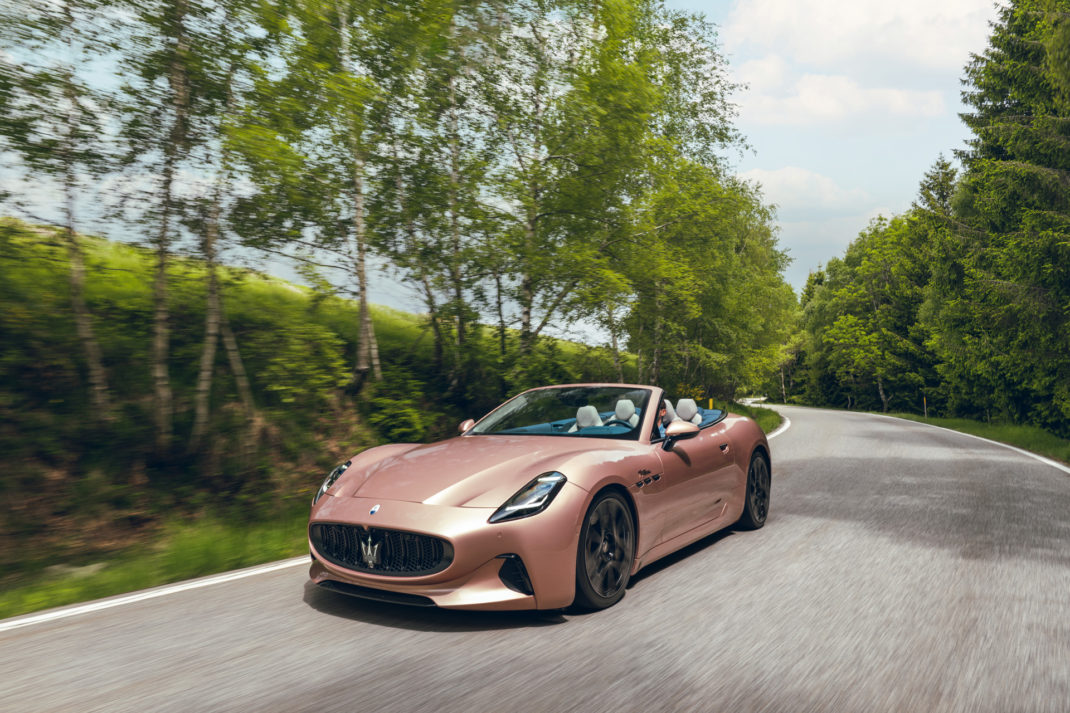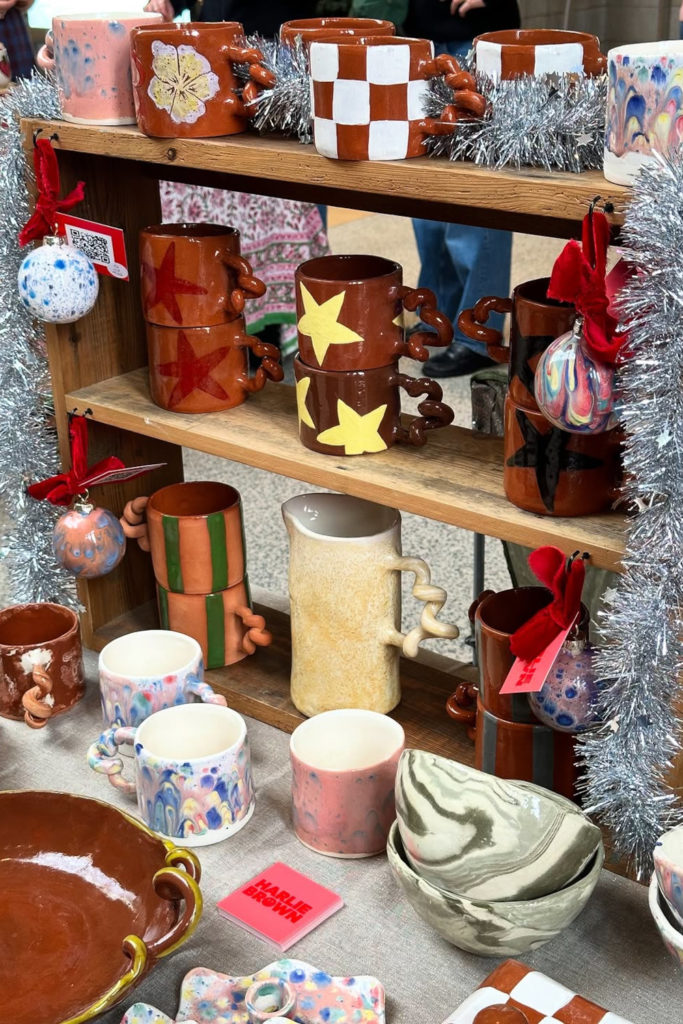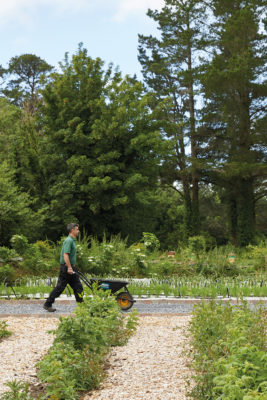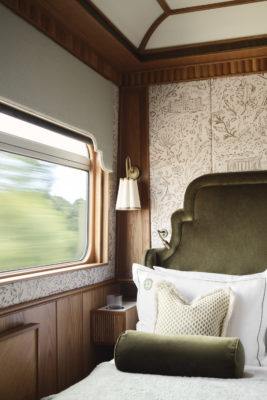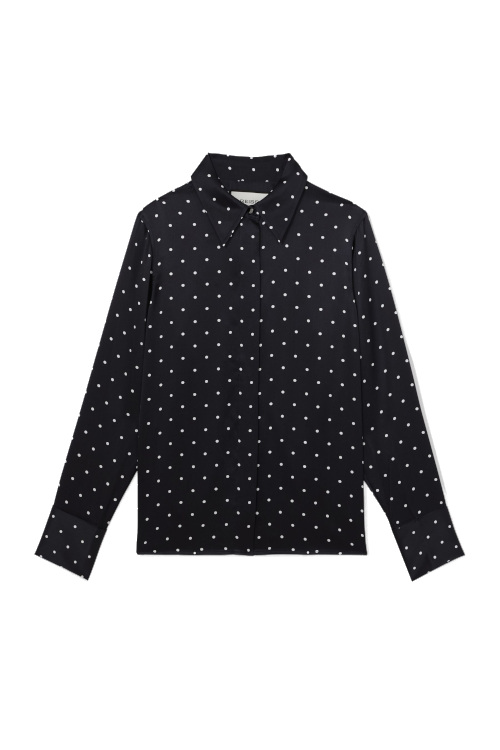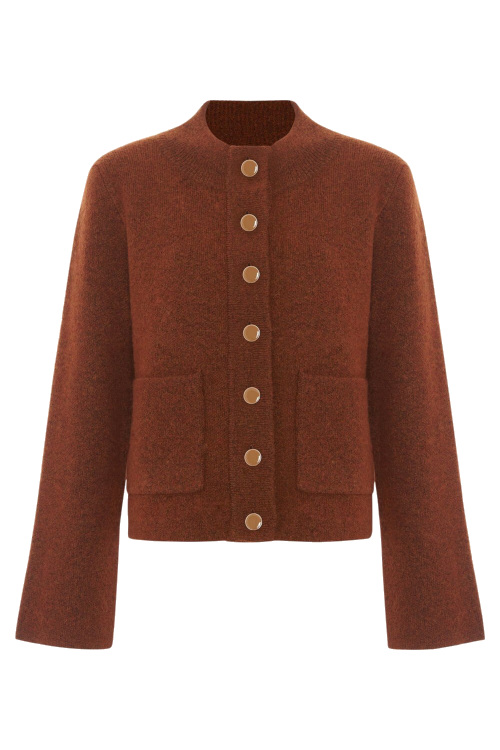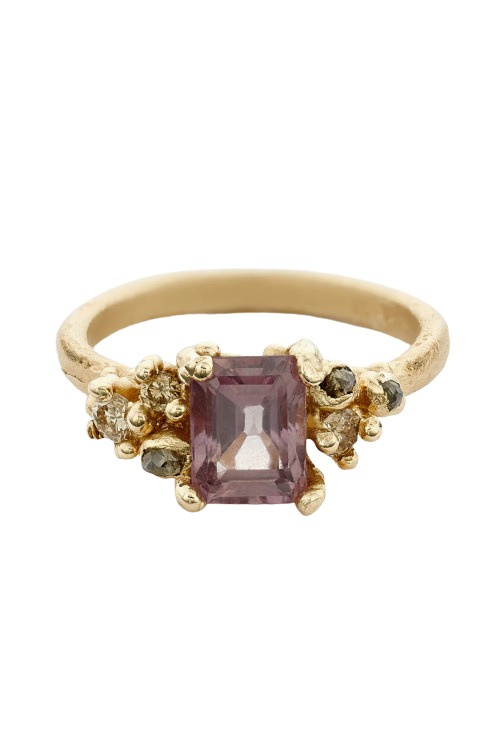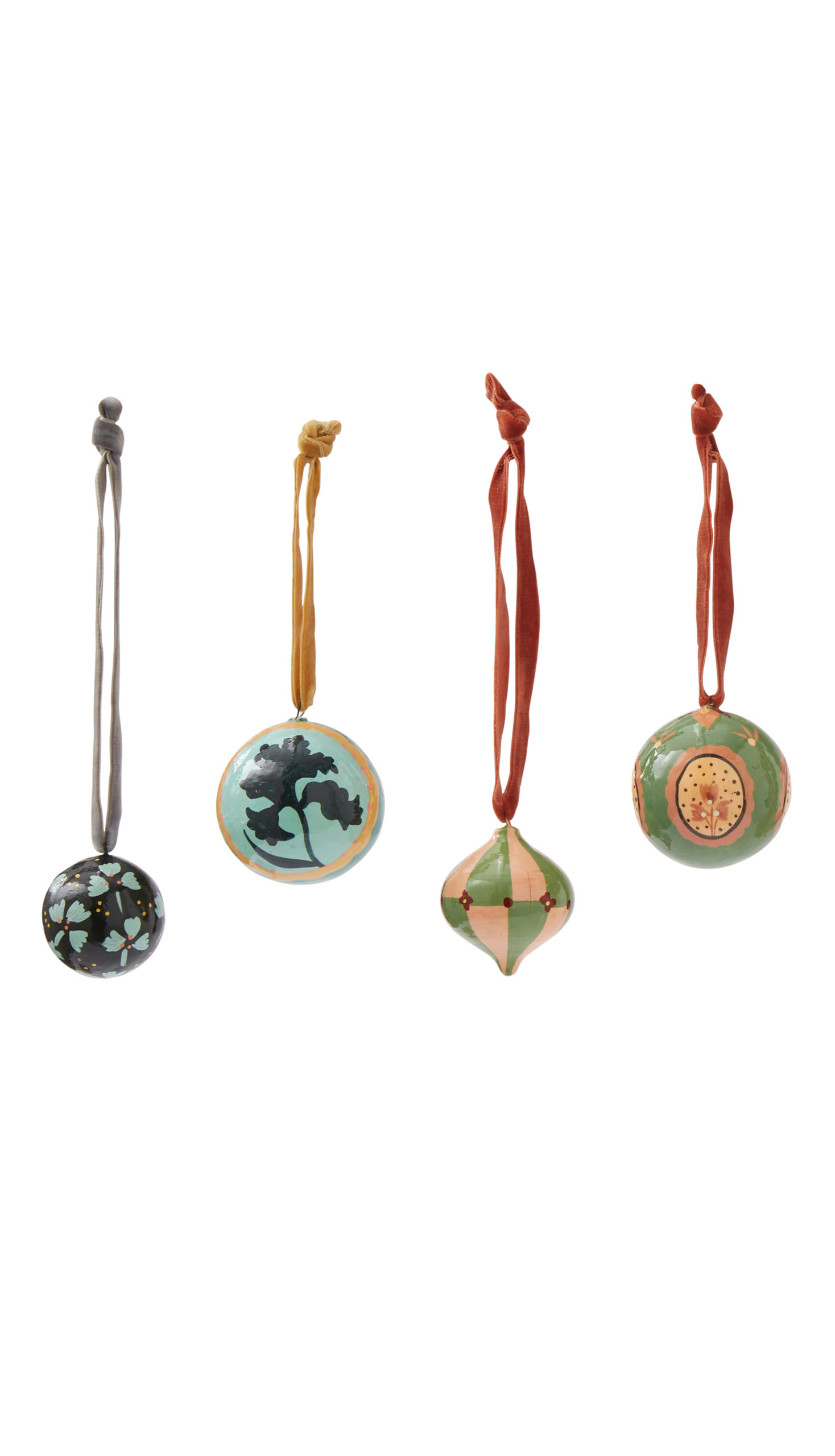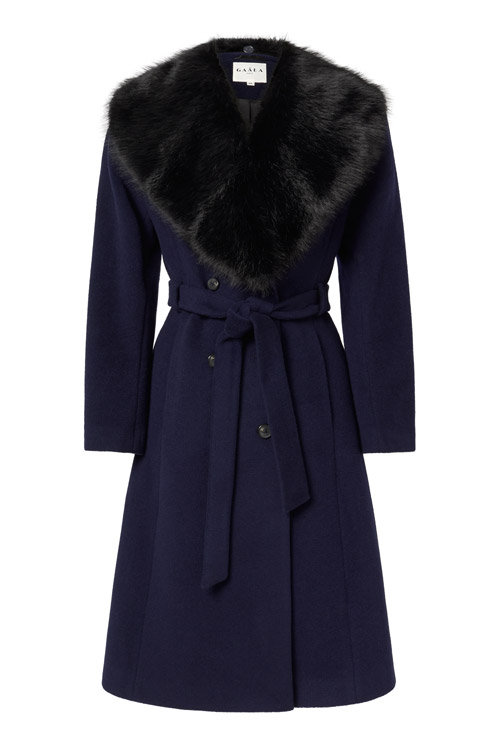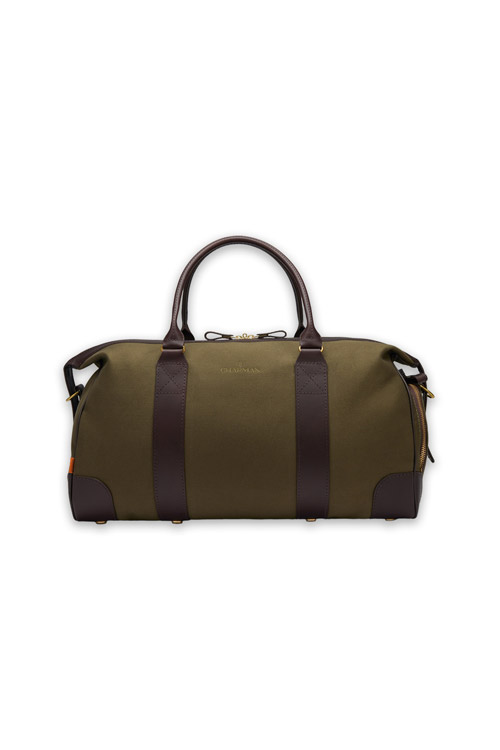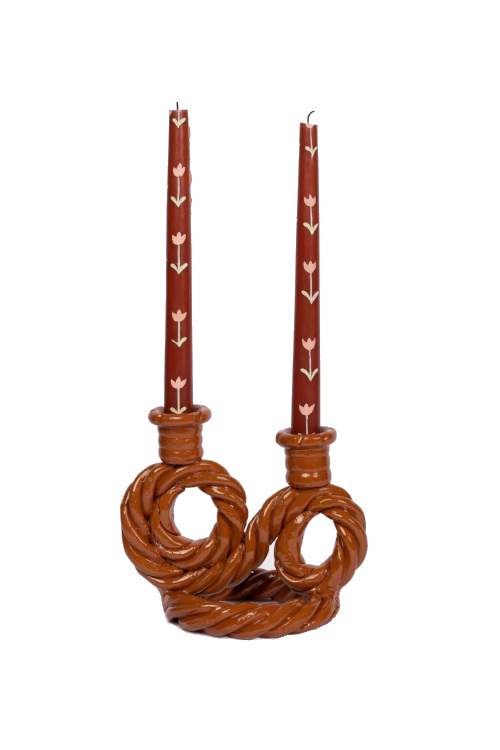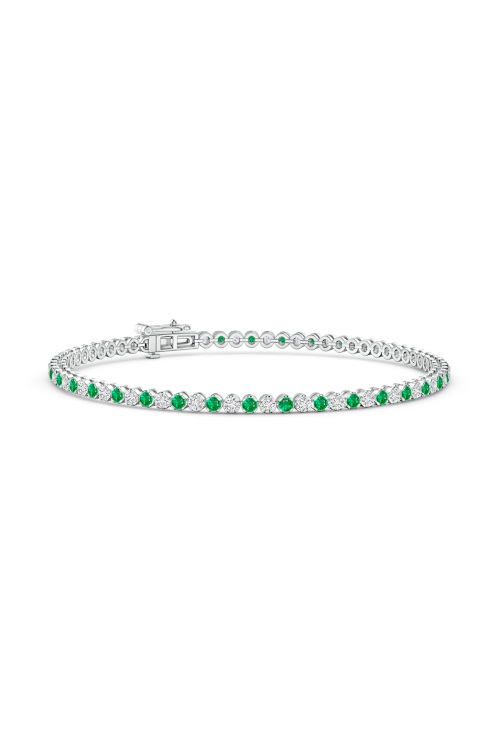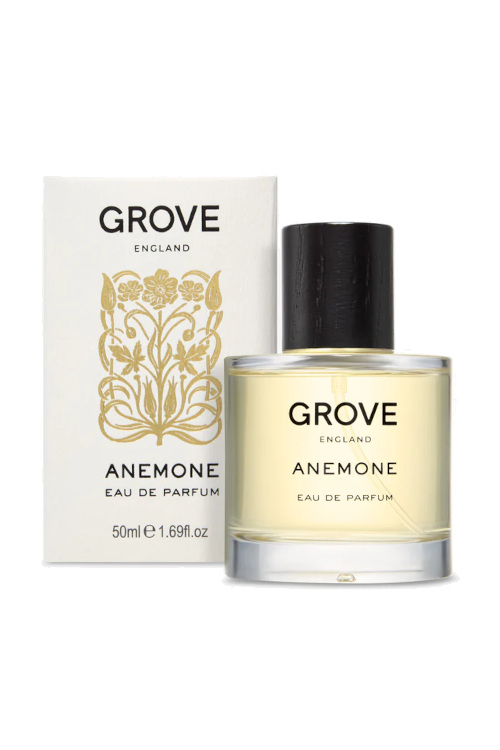What On Earth Is Swan Upping?
By
5 months ago
The historic five-day royal ceremony returns to London this month
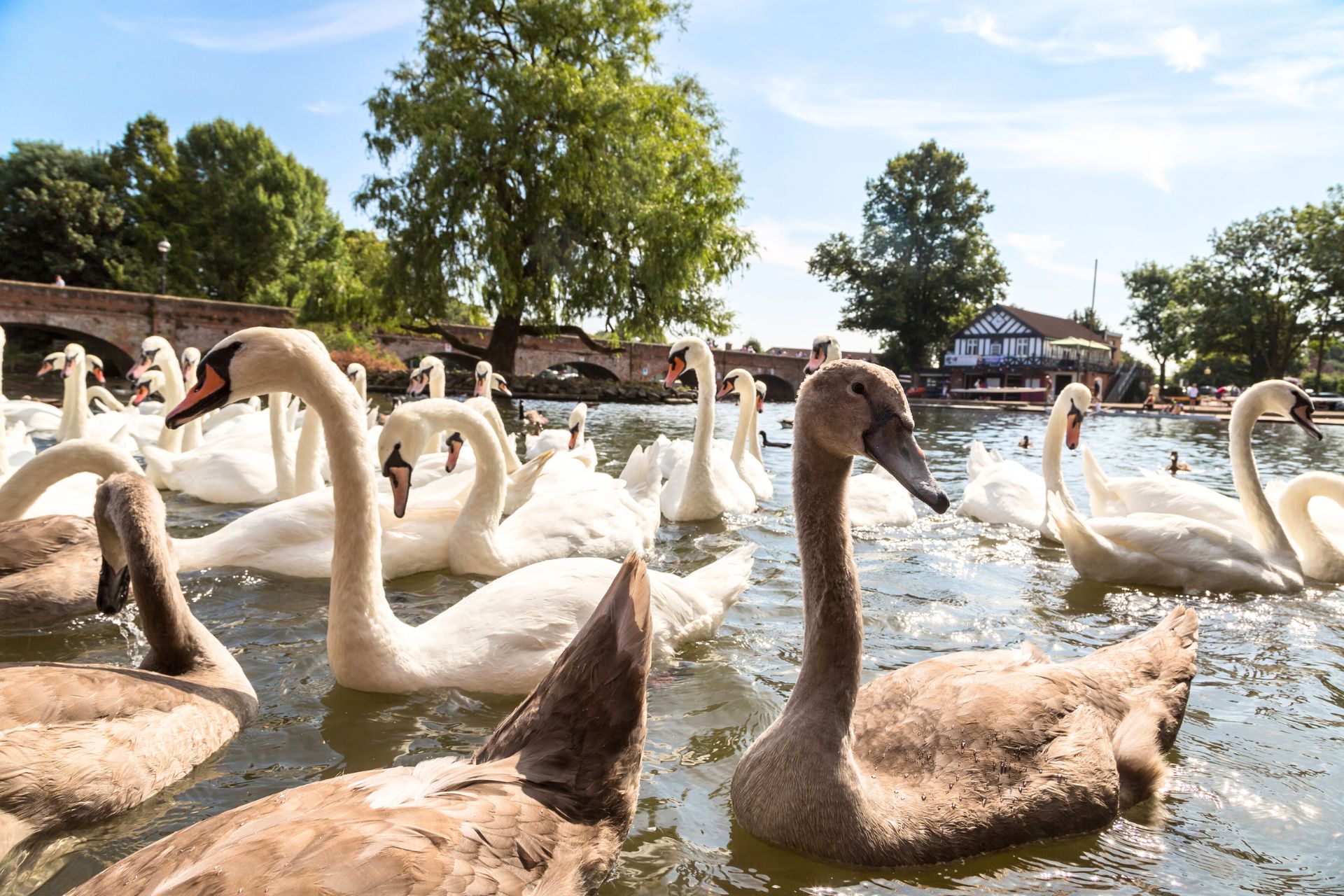
Every third week of July, a group of Swan Uppers embark on a 79-mile journey down the River Thames in century-old rowing boats. Their job – to check the health of every swan in the river – is a crucial aspect of wildlife conservation. This year, the Uppers will set off from Sunbury on Monday 14 July. You can catch a glimpse of them (and their scarlet uniforms, worn in honour of the King) along the way before they arrive at Abingdon Bridge on Friday 19 July. Here’s everything you need to know, plus a brief history of this quirky royal tradition.
A Guide To Swan Upping
Dating back to the 12th century, Swan Upping is an annual survey of the River Thames’ swan population. Back then, cygnets were a culinary delicacy, so the Crown claimed ownership of all unmarked mute swans in open waters to prevent overhunting.
During Swan Upping, marks were cut into the beaks of swans that wealthy individuals had purchased from the monarch. Each owner had a unique mark, and cygnets were identified with the mark of whoever owned their parents.
Today, the ceremony’s focus is on conservation. When the Uppers see a family of swans, they cry ‘All-Up!’ and surround the birds with their boats until they can be lifted from the water. They are then taken ashore to be weighed, measured and examined for injuries. Some cygnets’ legs will also be ringed.
The Crown is not the only organisation that has maintained its right to own mute swans – two London livery companies, the Vintners and the Dyers, have had the same right since the 14th century and now denote their ownership with rings.
The Swan Upping ceremony therefore involves three parties on the look-out for swans, but only the Crown leaves its swans unmarked.
The Swan Marker & Swan Uppers set off in their boats, known as ‘Thames Skiffs’, flying a white flag bearing the Royal Crown and Cypher. pic.twitter.com/eZCvspEAXK
— The Royal Family (@RoyalFamily) July 18, 2017
Why Swan Upping Is Important
Britain’s swan population faces a number of threats, from bird flu and water pollution to fishing tackle injuries. But catapult and air rifle shootings in particular are quickly becoming a huge problem, says David Barber, The King’s Swan Marker. He leads the Uppers on their journey down the River Thames and has been in the post for 32 years.
‘The horrible thing about these shootings is, the swan doesn’t die instantly,’ David explains. ‘It can go on for a week injured, hiding in bushes. It’s absolutely appalling.
‘Between this and the recent bird flu outbreak, we have lost a lot of breeding pairs,’ David says. ‘The average cygnet count between Sunbury and Abingdon about two years ago was around 140. Last year, it was 86.’ While the Uppers are hoping for a better count of young cygnets this year, they won’t know what the situation looks like until the ceremony begins.
David and the Swan Uppers play a huge part in protecting the swan population, but educating the general public is equally as vital. Along the Swan Upping 2025 route, groups of schoolchildren speak to the Uppers while meeting young cygnets. ‘If we can educate youngsters to look after their wildlife, that’s a real benefit,’ David says. ‘I feel that they will really remember the experience for the rest of their lives – they really do enjoy it.’
For David, the Swan Upping ceremony is very much about British pride, too. ‘It’s a real British event, I have to say. People from all over the world come to view it, and when we fly our large flag in honour of His Majesty The King on the stern of my boat, everybody feels very proud.
‘And, of course, it’s doing a marvellous job ensuring the swan population survives for the future,’ David adds.
🏫 The Queen’s Swan Marker teaches local school children about river conservation and swan welfare. pic.twitter.com/972ZuDySwF
— The Royal Family (@RoyalFamily) July 22, 2022
How To View This Year’s Ceremony
The 2025 Swan Upping will begin on Monday 14 July at 9am at Sunbury. On Friday 18 July at 5pm, the Swan Uppers will arrive at their final stop at Abingdon Bridge.
Observation points and times are available on royalswan.co.uk and include Eton Bridge (15 July), Moulsford (17 July) and Benson Lock (18 July).

